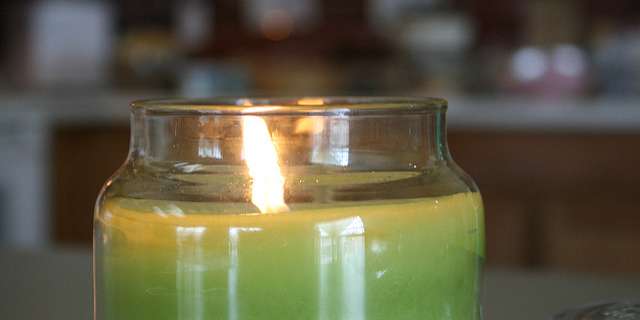
Different waxes are affected by dyes in different ways. Image Credit: Flickr User midnightcomm (CC BY 2.0)
Gifts sometimes go further than the giver can imagine. In 1969, a high school kid in Massachusetts had no money to get his mother a Christmas present. So, using household materials—wax, red crayon, a bit of string, and a milk carton for a mold—he made his mother a candle. But before he gave it to her, he showed it to his neighbor, who was so impressed she bought the candle from him, leaving him with enough money to make two new candles: one for his mother, and one to sell. Almost fifty years later, that Christmas present has grown into Yankee Candle, the largest candle manufacturer on the planet1.
In other words, candle makers know that small acts can have big effects. Since Yankee Candle first pioneered the candle manufacturing process, the industry has grown significantly, generating roughly $2.3 billion in U.S. sales per year2.
And with 400 players in the game, candle manufacturers must work hard to gain an edge, paying close attention to their processes to ensure that small mistakes—such as losing batches due to poor color quality—don’t have far-reaching effects.



